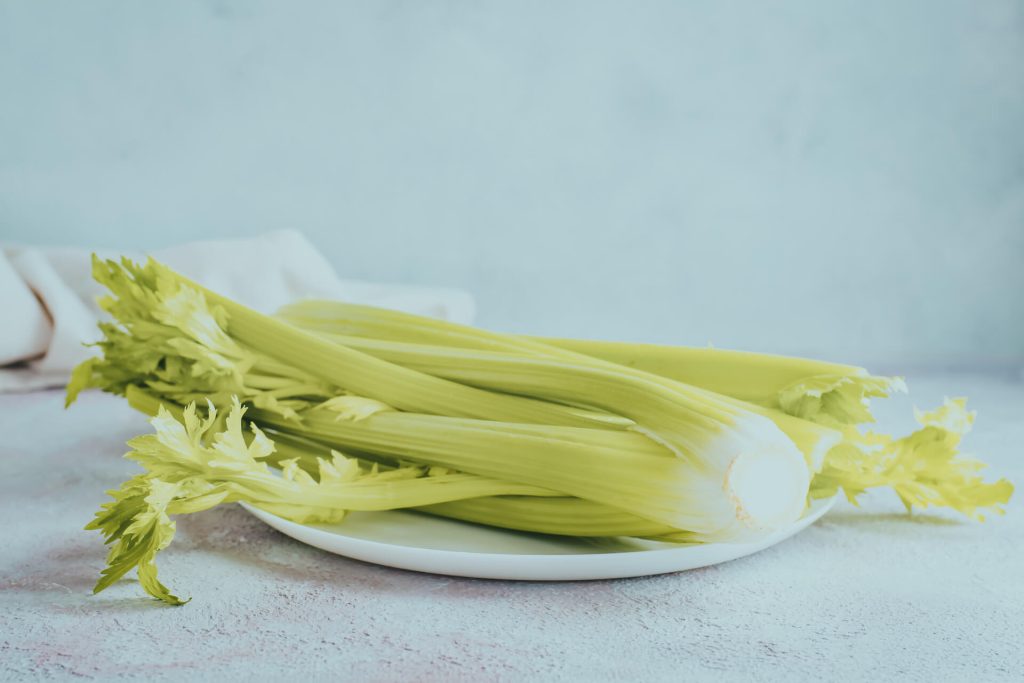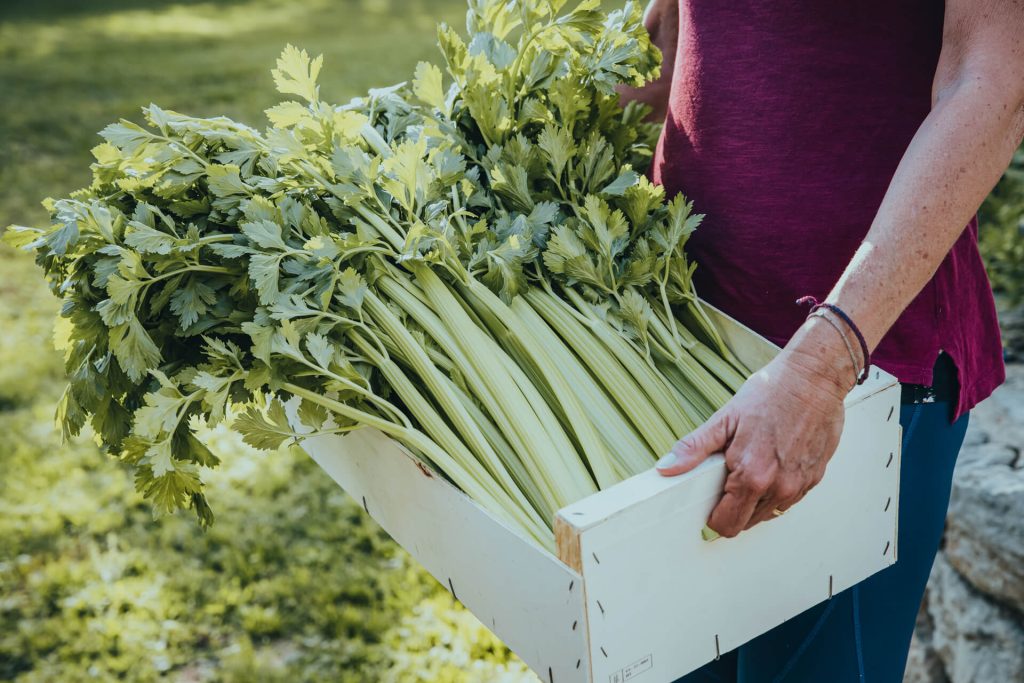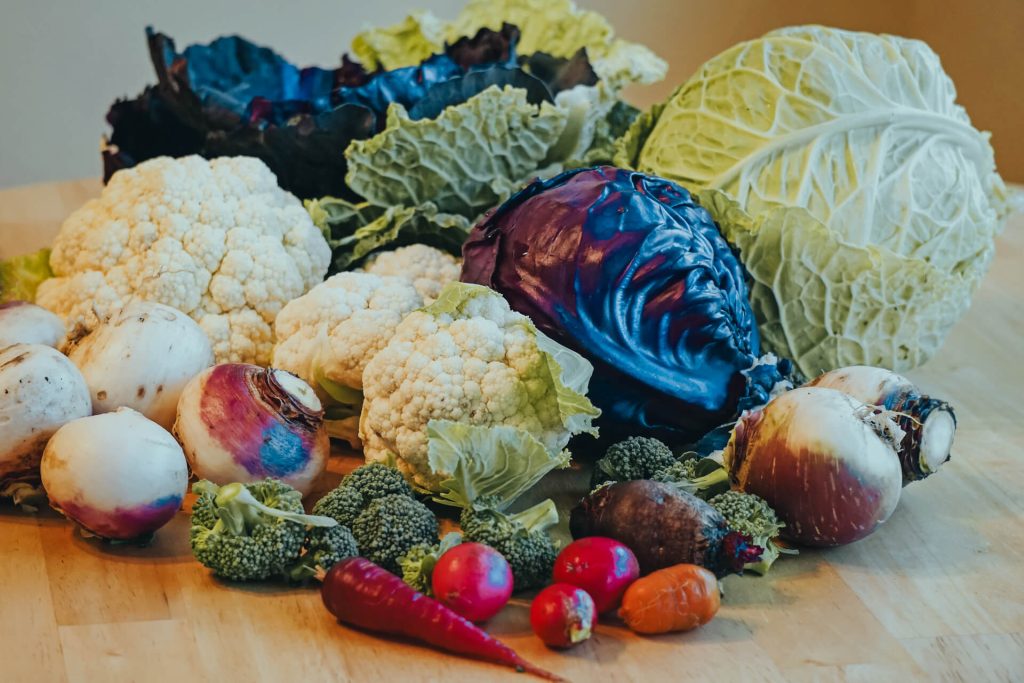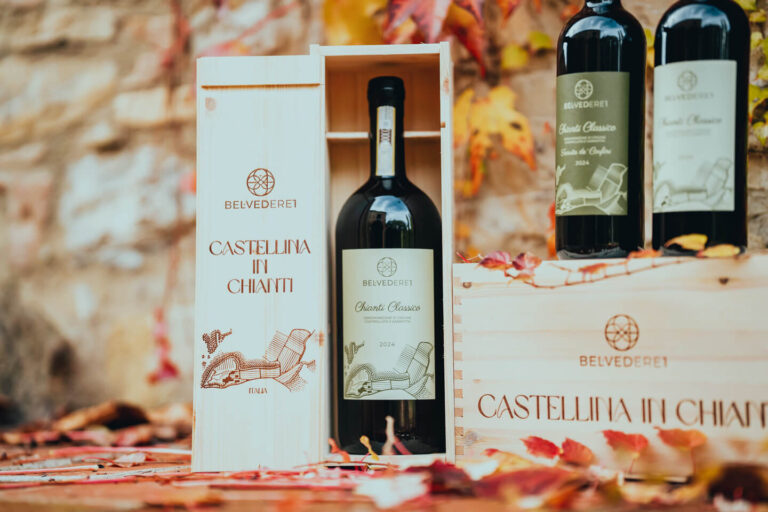
Why Celery is a Superfood: Nutrition, History, and Cultivation
- OSF Orto

History
It is thought that the French first used celery as a food around 1623. Celery was used only for flavoring for nearly a century because of its pungency. During the 17th and 18th centuries, wild types of celery were improved to produce stalks (petioles) that could be used in salads.

Facts about Celery
- A celery flower was used as a prize to reward athletic winners by the ancient Greeks.
- It was the French who recorded celery for the first time in 1623, followed about 40 years later by the British. The celery was spelled as “sellery”.


Health Benefits
Celery is a great source of fiber and is widely recognized as one of the healthiest snacks available. Its fiber content is impressive given its low caloric content. For those interested in losing weight or maintaining healthy digestion, it is an excellent choice.
Other key benefits of celery are cancer prevention, blood pressure management, reduce inflammation, and support in digestion.
There are several types of antioxidants in celery, including flavonoids. Antioxidants protect blood vessels, cells, and organs from oxidative damage. Celery is also a good source of vitamins (A, C, K), potassium, folate, and beta-carotene.

When to Plant Celery
As a cool-season crop, celery requires a long growing season and prefers moderate temperatures. Celery can be grown in fall or winter. Celery grows best in the southern and central parts of Tuscany, where the climate is mild and the growing season is long.
Celery requires well-drained, fertile soil with high organic matter content.


Harvesting
Celery can be harvested from late fall through early spring. The harvest period for celery is November to March if it is planted in the late summer or early fall. If planted in the early spring, it can be harvested from late May to early July.

Companion Plants for Celery
Experienced gardeners suggest planting cabbage, cauliflower, onions, tomatoes, and spinach as companion plants for celery.


Summary
Celery is a great source of fiber, cancer prevention, blood pressure management, reduce inflammation, and support in digestion. It is a cool-season crop that requires a long growing season and prefers moderate temperatures. It is also a good source of vitamins (A, C, K), potassium, folate, and beta-carotene. It can be grown in fall or winter, and can be harvested from late fall through early spring. Companion plants for celery include cabbage, cauliflower, onions, tomatoes, and spinach.





